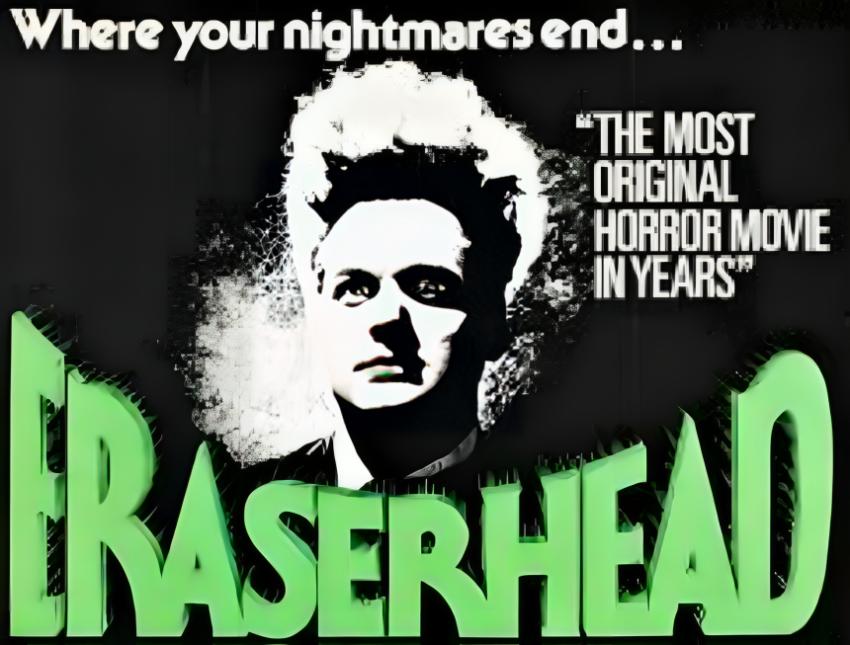David Lynch’s Eraserhead is more than just a movie—it’s an experience. Released in 1977, this experimental horror film drags viewers into a surreal, nightmarish world filled with industrial gloom, grotesque imagery, and haunting soundscapes. As Lynch’s first feature-length film, Eraserhead is a bizarre yet mesmerizing exploration of fear, alienation, and the unknown. Its unconventional narrative has inspired endless interpretations, solidifying its status as a cult classic. Let’s delve into 13 fascinating facts about Eraserhead, peeling back the layers of its haunting brilliance.
Table of Contents
1. A Five-Year Production Journey
David Lynch’s commitment to Eraserhead is legendary. Filming began in 1972, but frequent financial hurdles stretched production to five years. Lynch often relied on friends, family, and even odd jobs—such as delivering newspapers—to fund the film. Despite these challenges, Lynch’s meticulous approach ensured every frame was crafted with intention, making the delay worthwhile.
2. Inspired by Lynch’s Personal Fears
Lynch’s fears of fatherhood and responsibility deeply influenced Eraserhead. After the birth of his daughter, Jennifer, who was born with club feet, Lynch channeled his anxieties into the film’s surreal narrative. The grotesque baby in the movie is a manifestation of those fears, representing the unknowns of parenthood and the overwhelming pressures that accompany it.
3. The Mystery of the Mutant Baby
The mutant baby, one of the film’s most haunting elements, has baffled audiences for decades. Lynch has never revealed how it was created, fueling speculation. Some believe it’s a preserved animal fetus, while others think it’s a mechanical puppet. Its lifelike movements and unsettling appearance remain a testament to Lynch’s genius in blending practical effects with psychological horror.
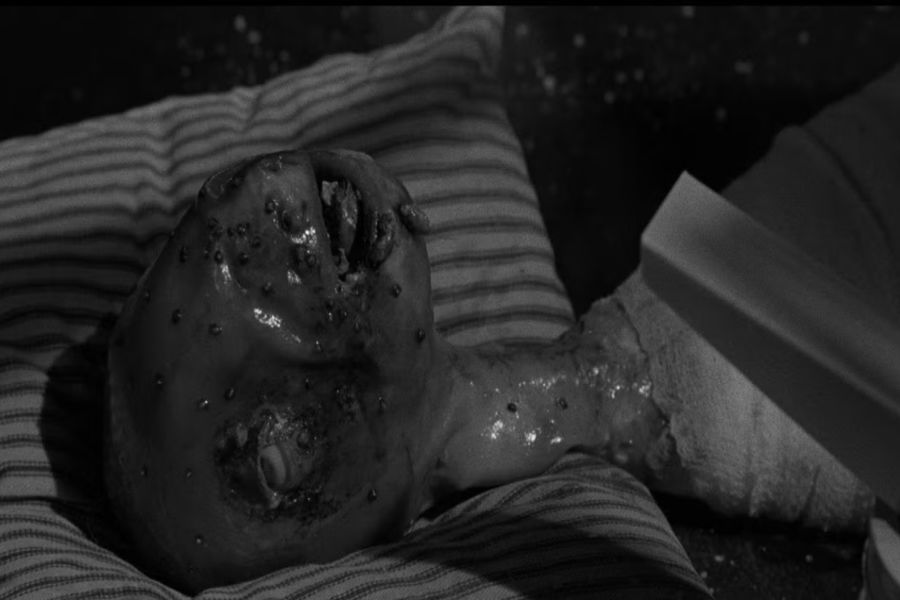
4. Filmed on the Grounds of the American Film Institute (AFI)
As an AFI student, Lynch used the institute’s facilities to bring his vision to life. The sets, constructed in unused spaces on the AFI campus, included intricate industrial landscapes and Henry’s claustrophobic apartment. Lynch’s ability to transform these spaces into a surreal dystopia highlights his ingenuity and resourcefulness as a filmmaker.
5. Jack Nance’s Iconic Hair
Jack Nance’s role as Henry Spencer required an unforgettable look, and his gravity-defying hair became synonymous with the film. Nance maintained the hairstyle for the entire five-year production, underscoring his dedication to the role. The hairstyle itself became a visual metaphor for Henry’s inner turmoil and the film’s surreal tone.
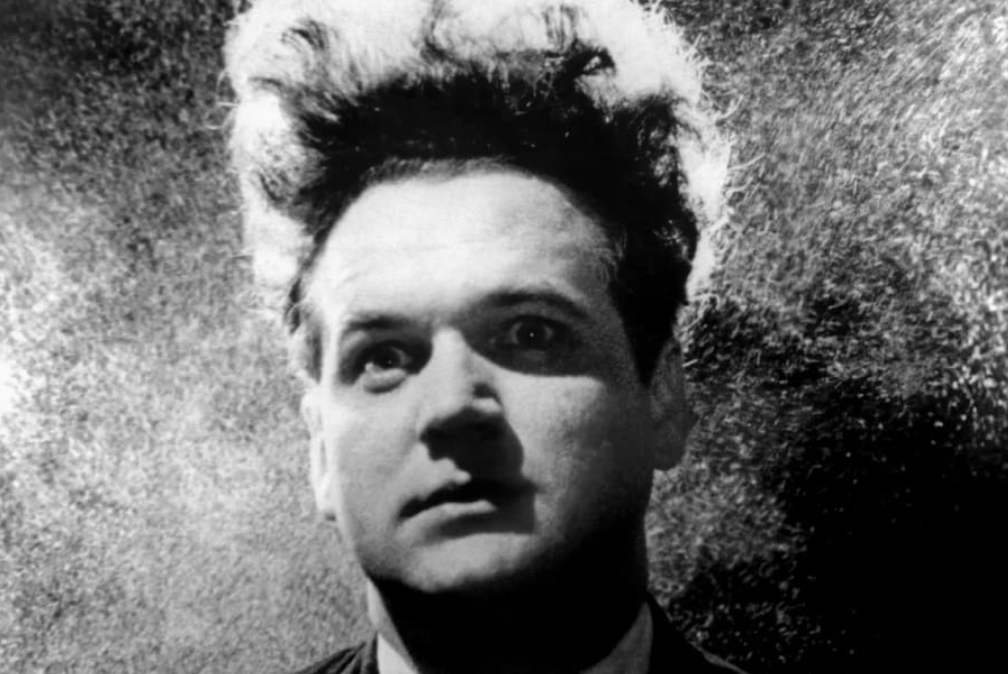
6. Sound Design That Amplifies the Nightmare
The sound design in Eraserhead is a masterpiece of its own. Collaborating with sound designer Alan Splet, Lynch crafted an auditory landscape filled with industrial drones, eerie hums, and unsettling silences. The soundscape mirrors Henry’s psychological state, making the viewer feel as though they are trapped within his nightmare.
7. From Student Film to Cult Phenomenon
Eraserhead started as a student project but quickly evolved into something much larger. Despite its niche appeal, the film gained traction through midnight screenings, particularly in Los Angeles and New York. These screenings attracted an eclectic audience of artists, filmmakers, and horror enthusiasts, cementing its cult status.
8. Stanley Kubrick’s Stamp of Approval
Stanley Kubrick’s admiration for Eraserhead speaks volumes about its artistic merit. Kubrick reportedly screened the film for the cast and crew of The Shining to capture its unsettling tone. This endorsement helped introduce Eraserhead to a broader audience and solidified its reputation among cinephiles.
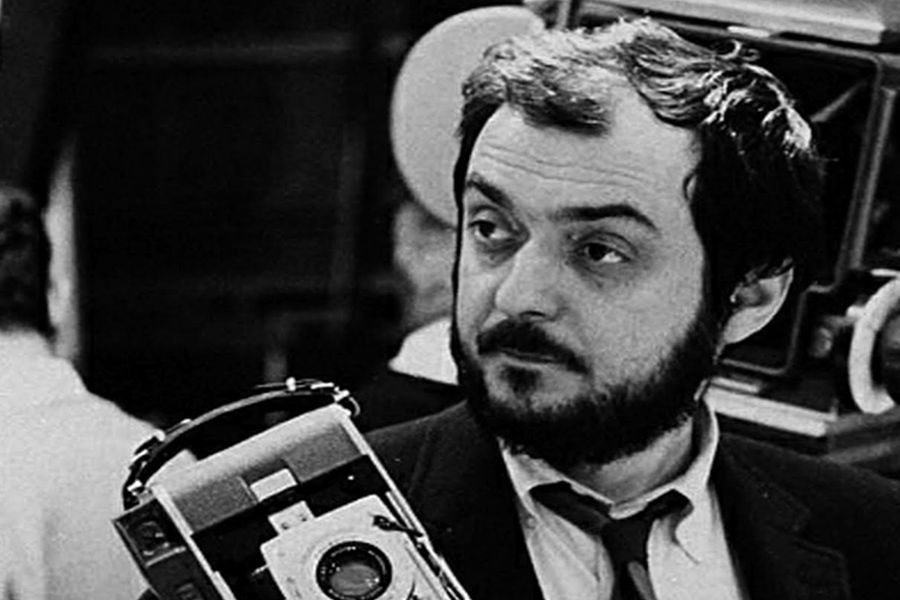
8. Sparse Dialogue That Heightens Unease
The film’s minimal dialogue forces viewers to focus on its visuals and sound. This choice heightens the unsettling atmosphere, making each word and noise more impactful. The sparse dialogue also mirrors Henry’s isolation and inability to communicate his fears, adding depth to his character.
9. The Influence of Surrealism and Expressionism
Lynch drew inspiration from surrealist artists like Salvador Dalí and expressionist filmmakers such as Fritz Lang. The film’s dreamlike imagery, distorted sets, and exaggerated lighting pay homage to these influences, blending them into a uniquely Lynchian aesthetic that feels both timeless and otherworldly.
10. Sparse Dialogue That Heightens Unease
The film’s minimal dialogue forces viewers to focus on its visuals and sound. This choice heightens the unsettling atmosphere, making each word and noise more impactful. The sparse dialogue also mirrors Henry’s isolation and inability to communicate his fears, adding depth to his character.
11. A Commentary on Industrial Alienation
The film’s industrial setting is more than just a backdrop; it’s a metaphor for alienation in a mechanized world. The oppressive factory landscapes, mechanical sounds, and lifeless urban sprawl reflect Henry’s inner despair and disconnection from the world around him. This commentary resonates with audiences, making the film’s themes as relevant today as they were in 1977.
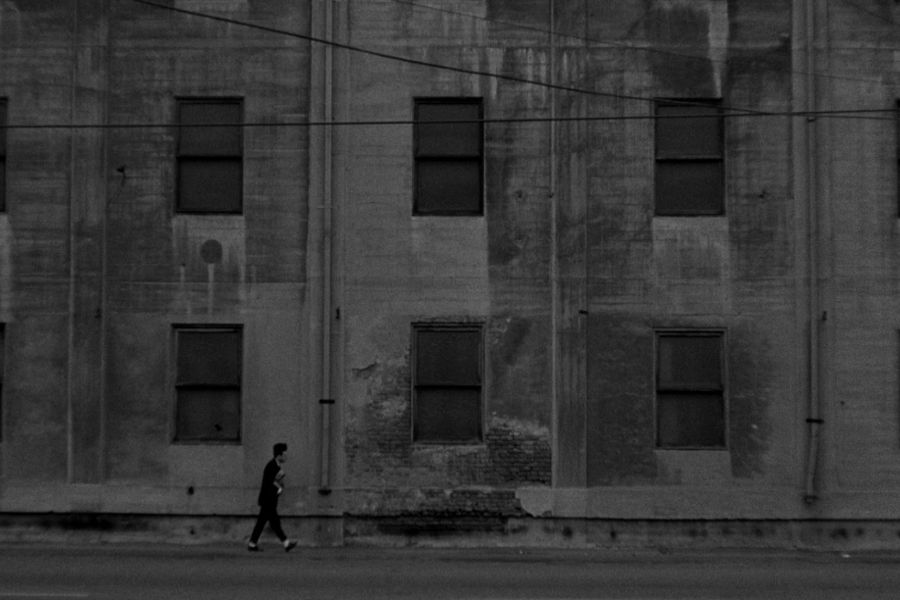
12. A Film Open to Endless Interpretations
Lynch has famously refused to explain Eraserhead’s meaning, insisting it’s a film to be experienced, not analyzed. This ambiguity has led to countless interpretations, from theories about post-apocalyptic worlds to allegories of mental illness. Its refusal to offer clear answers is part of what makes it so compelling and enduring.
13. The Launchpad for David Lynch’s Career
Eraserhead wasn’t just a passion project—it was Lynch’s ticket to the big leagues. The film’s success caught the attention of producer Mel Brooks, who hired Lynch to direct The Elephant Man. This opportunity launched Lynch’s career, leading to iconic works like Blue Velvet, Twin Peaks, and Mulholland Drive.
Conclusion: A Surreal Masterpiece That Stands the Test of Time
Eraserhead remains one of the most enigmatic and influential films ever made. Its surreal visuals, haunting sound design, and ambiguous narrative continue to captivate and unsettle audiences. As David Lynch’s debut feature, it laid the foundation for his career as a pioneer of experimental cinema. Whether you’re a die-hard fan or a newcomer, Eraserhead invites you to step into a world of unsettling beauty and unforgettable nightmares.
